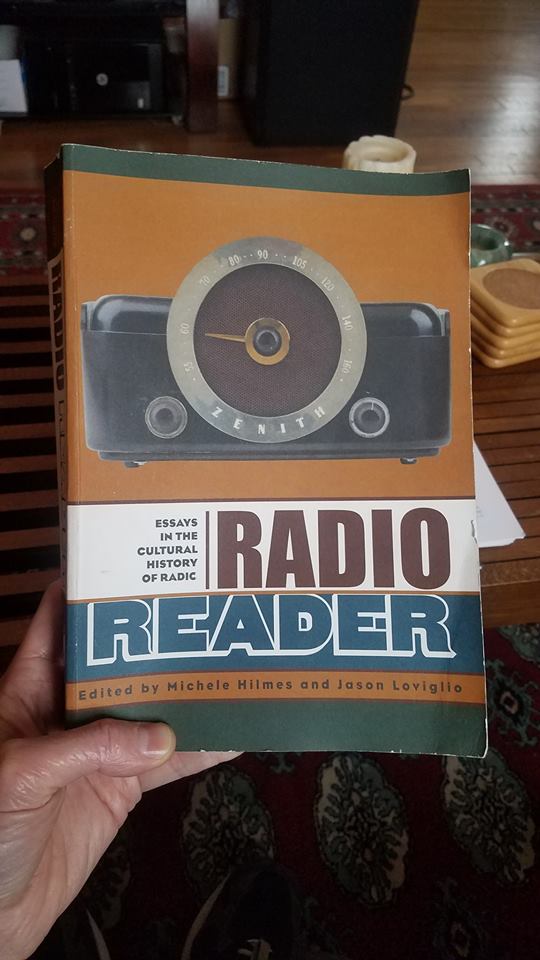Many thanks to SWLing Post contributor, Dave Kolesar, who shares the following review:
Just finished another excellent read: Hilmes and Loviglio’s collection “Radio Reader: Essays in the Cultural History of Radio.”
Very little scholarship exists about the cultural impact of radio in America, and this volume explores the history highlights (long partial list): the initial fight over the nature of broadcasting in the 1920s and 30s (educational vs. commercial), stratification of programming and channels with regards to representation of women, people of color, and gays during the Depression, WWII, and the pre-televison era, the discovery of the teenage market in the 1950s that led to the Top 40 format, the commerical Underground radio movement of the 60s, the creation of NPR and the associated decimation of student-run university stations, the rise of commercial (in everything but name) religious broadcasting and and its corrupting effects on the religious experience and political discourse, the 1980s male-dominated talk radio genre as an effort to roll back feminism, the 1996 Telecom bill and the creation of LPFM and the proliferation of pirate radio as responses to it, and finally, the digital radio future and its public service obligations.
For those who love the medium, this is a great reminder of why we work in it, how it’s succeeded and yet failed to live up to its potential, and what the future may hold as new technologies enter the audio landscape.
Thanks, Dave—sounds like this collection spans a wide variety of radio cultural histories. I did some searching and found that, of course it’s on Amazon.com, but also available used on a number of sites including Barnes and Noble.


I took the book title
radio reader essays in the cultural history
(no colon) and pasted it, as a Phrase, into Harzing.com tool PoP.exe to see what the Google Scolar references were cited (151 of them) to follow the Hilmes et al arguments and such
450 references to the book and 151 in the book
Interesting